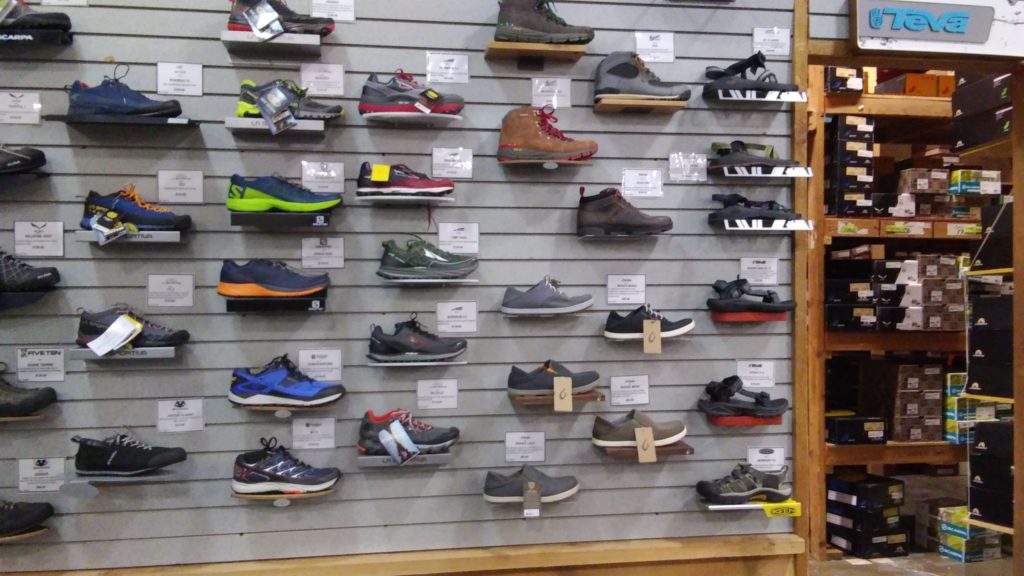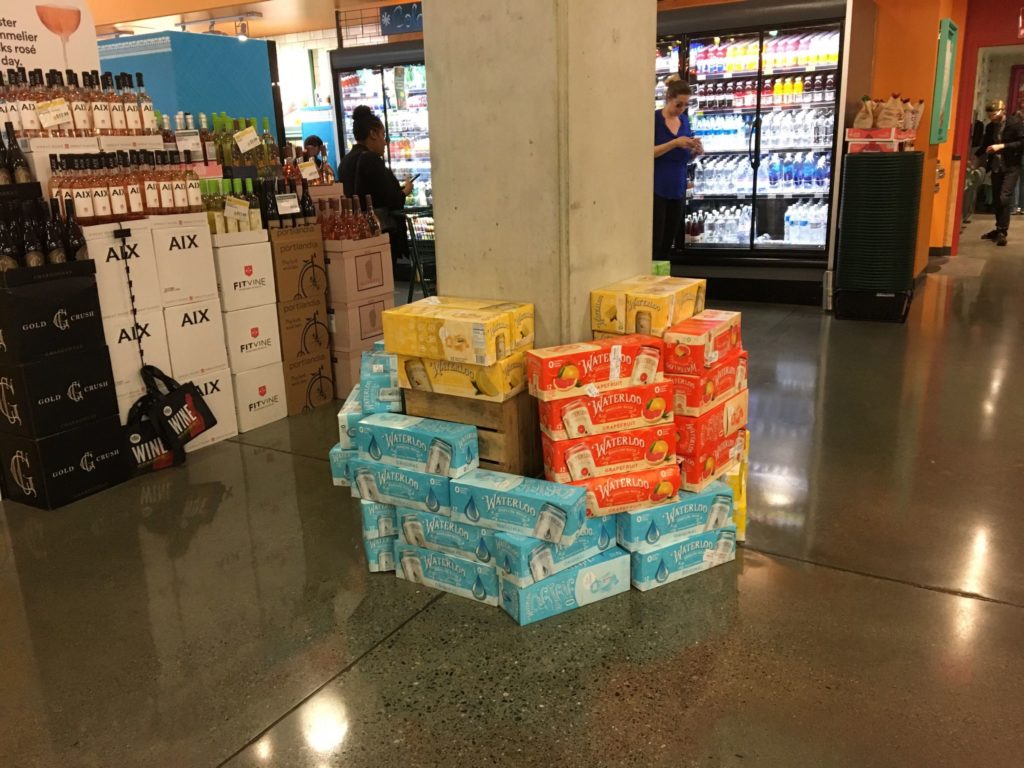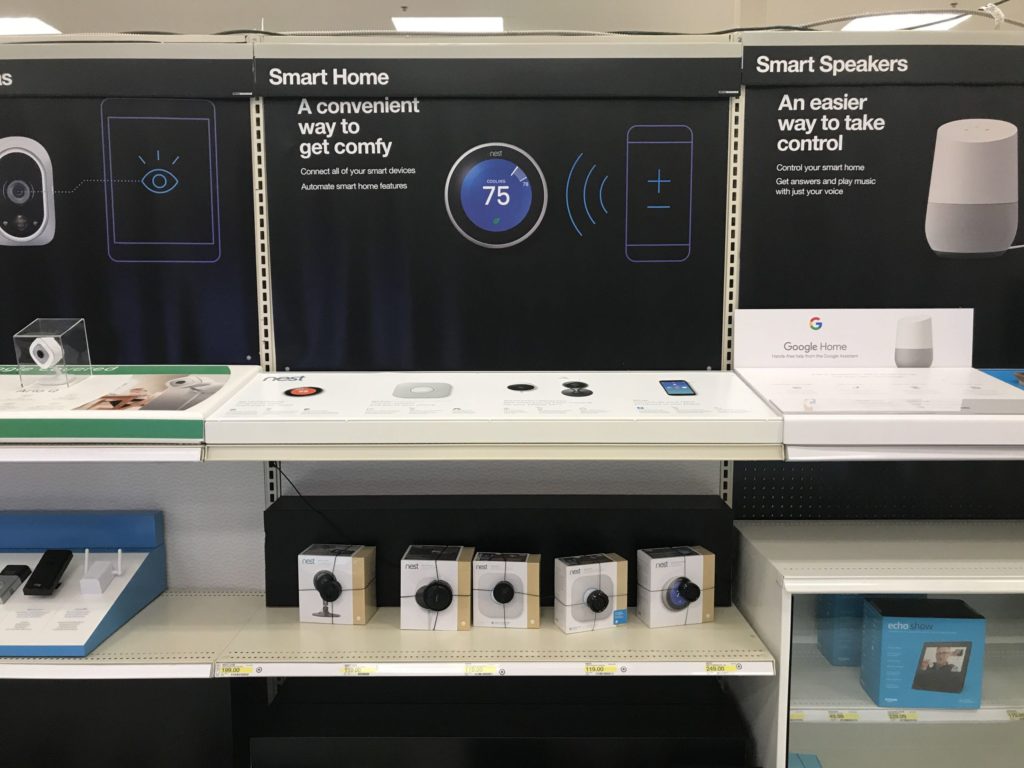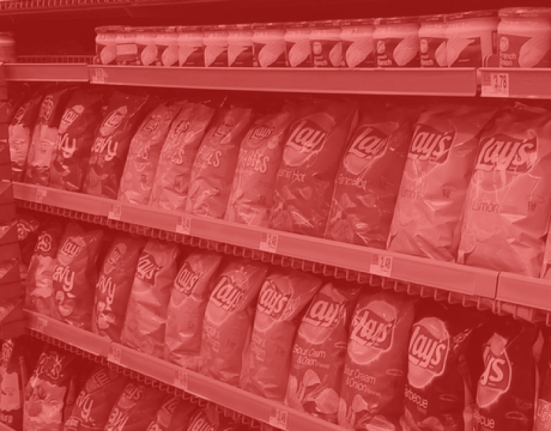It’s the daily challenges that motivate us, make us work harder and inspire us to develop new and innovative solutions to our problems. Whether your job duties fall under sales operations, retail execution, account management, merchandising, or something similar—these daily challenges likely sound familiar.
Below you’ll find four of the most common challenges facing professionals whose duties fall under brick-and-mortar sales operations, including in-store execution, shelf health, merchandising compliance, and more.
Without further ado, let’s dive into the first problem on our list:
Sales Operations Problem No. 1: Lack of In-Store Visibility
You can’t fix what you can’t see. That idea is central to the first problem we’ll discuss: a lack of in-store visibility. When your job focuses on increasing brick-and-mortar sales via effective merchandising, displays, product marketing, or something similar, you must know what’s going on at the shelf level.
What does this problem look like in action? When you don’t know whether:
- Stores have compliant planograms
- Your products have detrimental adjacencies
- Your products are at the agreed-upon eye level on the shelf
- Stores, brokers, or other third parties are executing your in-store programs
- Similar items under your parent company are being cannibalized
- On-shelf availability is less than perpetual inventory
- And more
That’s a lot of potential blind spots. You want to know if and how your sales correlate to your in-store efforts, so a lack of visibility can be a serious impediment to that goal.

Sales Operation Problem No. 2: Poor Execution of In-Store Programs
It’s one thing to have direct control over your daily work challenges, and it’s another to have to rely on others to get the job done. This is the heart of our second problem: poor execution of in-store programs.
In a sales operation-type role, you may be responsible for planning changes to merchandise, promotions, displays, and other in-store programs. Then, you communicate those changes to your brokers or individual stores. In many cases, it’s now on them to execute. The problems begin when they miss the mark.
Poor execution can first appear if your merchandising deliverables, products, or other items don’t even make it to the stores in the first place. Then, execution can suffer if any in-store programs aren’t set up properly or on time. All are frustrating, but missed activations can be especially painful if you miss a key drive period or other important sales window.

Sales Operation Problem No. 3: Malfunctioning Displays & Demos
One of your critical professional goals could be to increase the effectiveness of in-store displays, demos, and similar features while lowering costs at the same time.
This brings us to Problem No. 3: malfunctioning displays and demos. On the ground, this problem looks like broken displays, where products are missing, lights are out, signage is damaged, or something else has gone wrong. Or, you could see that a TV that should be showing a product explainer video is out, leaving shoppers without a crucial bit of information along the paths to purchase.
Any issues with displays and demos should be corrected immediately, but you can’t always count on the internal store operations team to identify and fix these problems in a timely manner. Instead, you’ll want data on store performance so you can focus your resolution efforts where needed and get ahead of problems before they occur.

Sales Operation Problem No. 4: Limited Knowledge of How Customers View Your Products
Naturally, consumers are the heart of any successful retail business. Therefore, it’s a must that you fully understand how they view your products inside stores, and a lack of knowledge in this area is our No. 4 Problem.
For example, you want to know which promotions lead to the biggest increases in sales. You want to know if displays are driving shoppers to your products or not, and whether the return on investment is high enough to warrant that display. Overall, you want to know if customers view your products favorably, and whether your sales tactics are working.
If you don’t know the answers to these questions, then you’ll have a much harder time hitting your sales numbers and increasing consumer loyalty in your products. You certainly don’t want to make judgment calls related to consumer insights when you could instead have concrete business intelligence on the subject.

How to Fix These Sales Operations Problems
Enough with the problems. Let’s shift focus to something a bit more positive: the solutions. To recap, four common sales operations problems are:
- Lack of in-store visibility
- Poor execution of in-store programs
- Malfunctioning displays and demos
- Limited knowledge of how customers view your products
These four problems are all closely related in that they speak to a difficulty measuring store conditions and analyzing, aggregating, and acting upon that data. Therefore, one of the best things you can do is get more data at scale.
While this may feel like it falls into the “easier said than done” category, it’s not as hard as you may think. More comprehensive and quality brick-and-mortar data illustrates:
- Whether activations were executed or missed
- If displays and demos are set up properly and functioning
- How customers behave in stores and how they interact with your products
- Whether stores are compliant with your merchandising standards
- And more!
One way you can acquire this type of data is through smartphone-enabled shoppers. Wiser’s mobile application connects you to hundreds of thousands of shoppers across the country. What would you do with access to that many customers? You can send them into stores to report on merchandising compliance. You can have them ask store associates questions related to your products. They can share updates on your shelf health and on-shelf availability. They can provide feedback on your products and services, plus much more.
The goal is to provide you with as much accurate, actionable business intelligence as possible on the brick-and-mortar conditions that matter most to you. Let’s connect if you have encountered any of the above problems or something similar. Then, you can get customized shelf-level data for your business.
Didn’t see your problems in this article? Check out one of our other blogs on retail pain points that may be more relevant to your needs: Channel Marketing.














